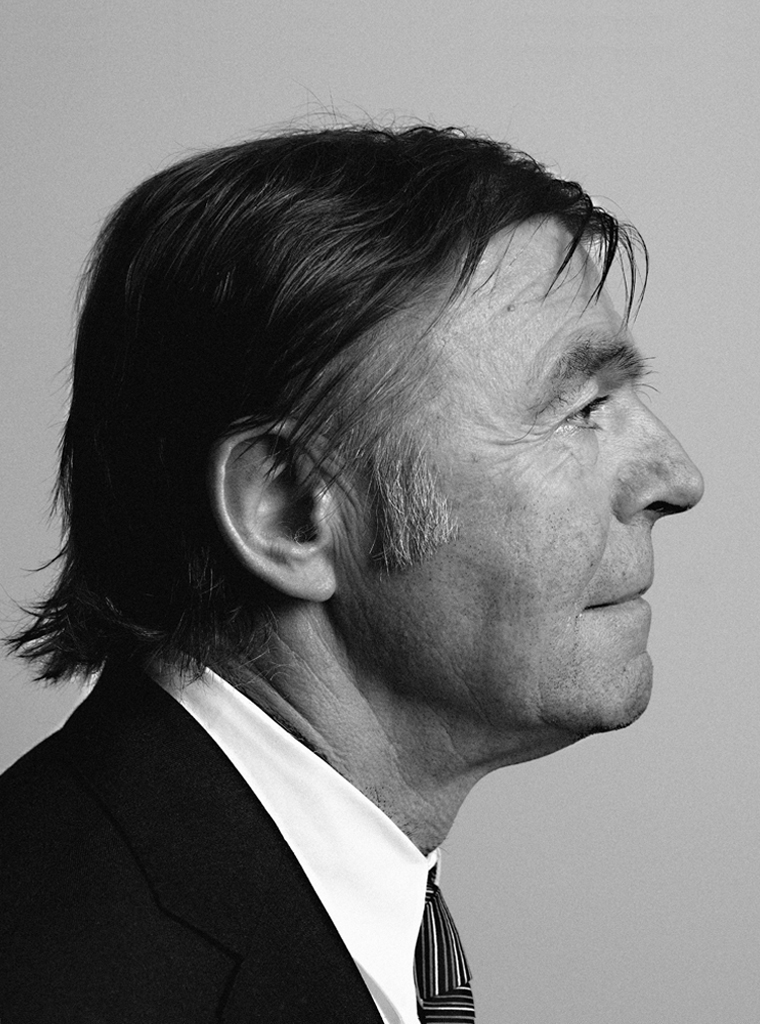“Impossible doesn’t exist” and “I’m not selling print, I am selling trust.” Two sayings that characterize Cor Rosbeek who, together with his brother Jean, for long years ran Rosbeek printers in Nuth. The first maxim refers to the dedication shown by this printing house since 1963 to always deliver the best of the best, the highest of high quality print, and to be willing to listen closely to graphic designers. The Rosbeek’s capability to listen to and work with designers became legendary. The second saying indicates how supple and subtle they managed to perform their intermediary role between clients and designers. Rosbeek in Nuth, in the southern province of Limburg, were not just printers, they were actively participating partners in the print production process; they were important contributors to cultural developments.
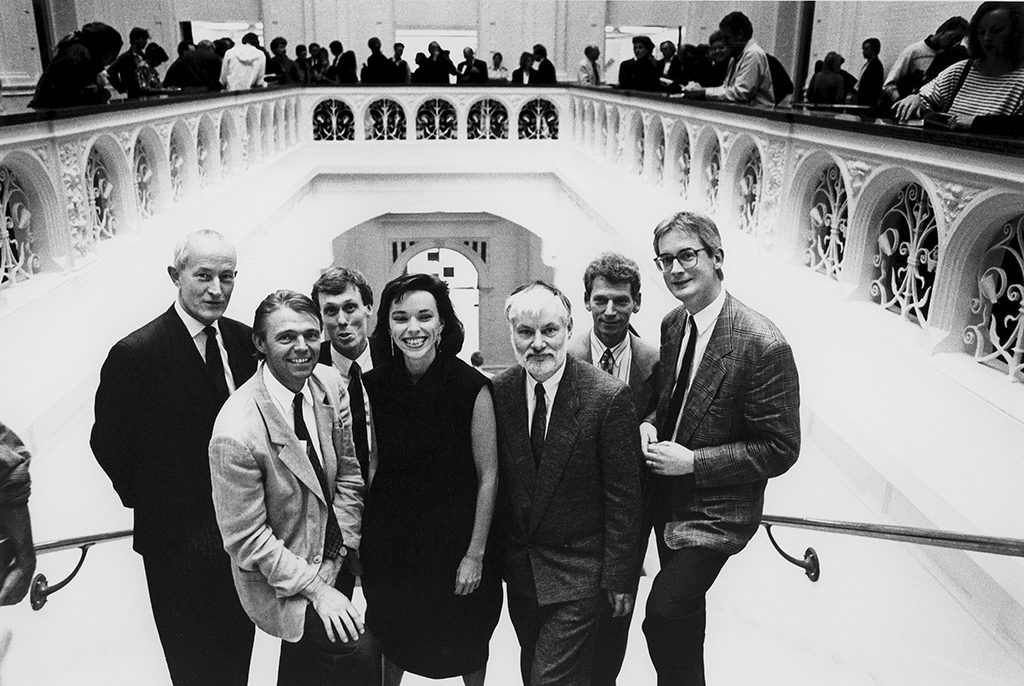
The young Cor Rosbeek never showed any ambition of becoming a printer like his father. He’d rather become a commercial representative and drive flashy cars. Art wasn’t his cup of tea either: “I didn’t have the urge to create.” But Cor at age sixteen had to cope with his father’s sudden demise. As the oldest Rosbeek son he had to jump in and continue the family business. Born in 1944, he had grown up in the family home above the printer’s shop where his father produced all sorts of commercial print for small industries and for private people living in the area of Hoensbroek. His father’s prewar dreams of becoming the chief of the in-house printing shop at Bata’s shoe factory were disturbed by WW II. The Czech-born Bata owners, of Jewish descent, escaped to England. But Cor Rosbeek the elder knew about printing and by hard work single-handedly managed to build up a small business of his own, with only his sons, Cor junior and Jean, and their younger sister helping out when it was busy. In his off time, father Rosbeek liked to make music. He could play no less than thirteen different musical instruments.
The best ever
Cor Rosbeek went to trade school. Bent over maps and atlases he fantasized about other worlds. On Saturdays he put on his fashionable shoes and went dancing: rock and roll. But he was ambitious. He wanted to surpass his father and move on to a better world, he had an open mind as well as an eye for the modern times, and he explored whatever cultural life there was in his remote corner of the Netherlands. It was only later that he fell in love with the printing profession. “From that moment on no one could stop me, I wanted to be the best.”
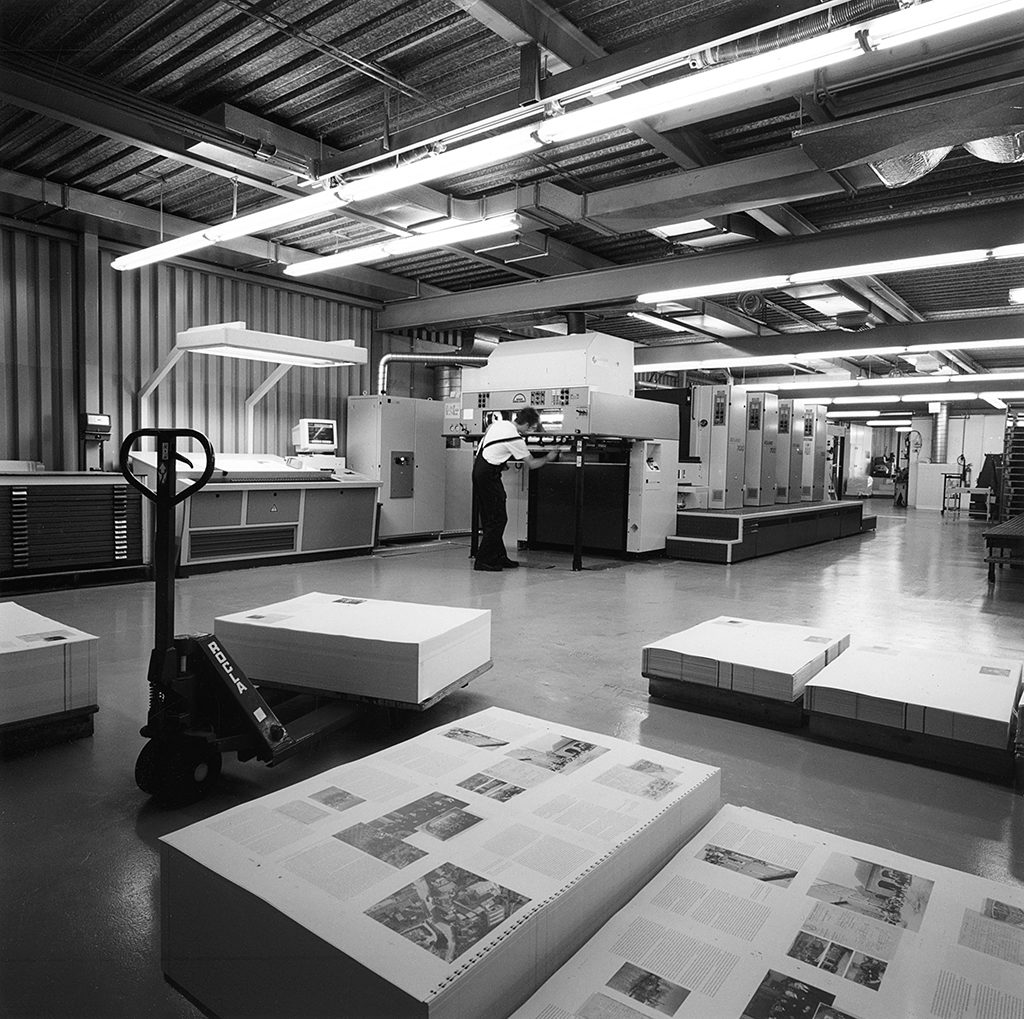
His first client, the paint producer Jo Eyck whose company became a part of the Sikkens group and their distributor for Limburg, had taken over his own father’s management position around the same time as Cor. Jo Eyck was fascinated by anything related to art and design and already collaborated with designers. He was a perfectionist and a demanding client. Cor Rosbeek admitted he learned much from Jo Eyck: “Everything you do, should be done well and with quality in mind. Jo always aimed for a position in the quality-conscious market of architects, project developers and their clients. I noticed this was a highly effective approach. In his Heerlen head office Jo Eyck organized exhibitions about the role of paint in art, presenting artists such as Richard Lohse, Ad Dekkers, and Peter Struycken. He collected contemporary art and bought Wijlre castle to turn it into a private museum. He had architect Wiel Arets build a glass pavilion for a part of his art collection, the Hedge House, open to the public.” A second influential contact was with interior architect Herman Zeekaf, who sold modern furniture in Heerlen. With Zeekaf, too, Cor Rosbeek developed close ties. Zeekaf designed the new building for the printing company as well as later extensions and renovations.
Goodwill publications
The production of high-quality print in collaboration with leading designers became Rosbeek’s goal. The brothers looked at printers such as Meijer in Wormerveer and Steendrukkerij De Jong & Co in Hilversum, where graphic designers produced daring print projects including the famed Christmas editions of Drukkersweekblad en Autolijn and the Kwadraat series published by De Jong & Co. In their own region, Rosbeek acquired assignments through designers like Baer Cornet and Geert Setola from clients such as furniture producer ’t Spectrum, Océ van der Grinten copiers, Stork machines, and Randstad (temp workers). Wim Crouwel was one of the first designers coming “all the way from the West” to collaborate with Rosbeek on work commissioned by fashion importers Kreymborg. Jan Bons brought his calendar designs for Van Ommeren shipping. Others followed, bringing with them a growing number of clients, including Art Unlimited and the Rijksmuseum. These clients came from all over the Netherlands.
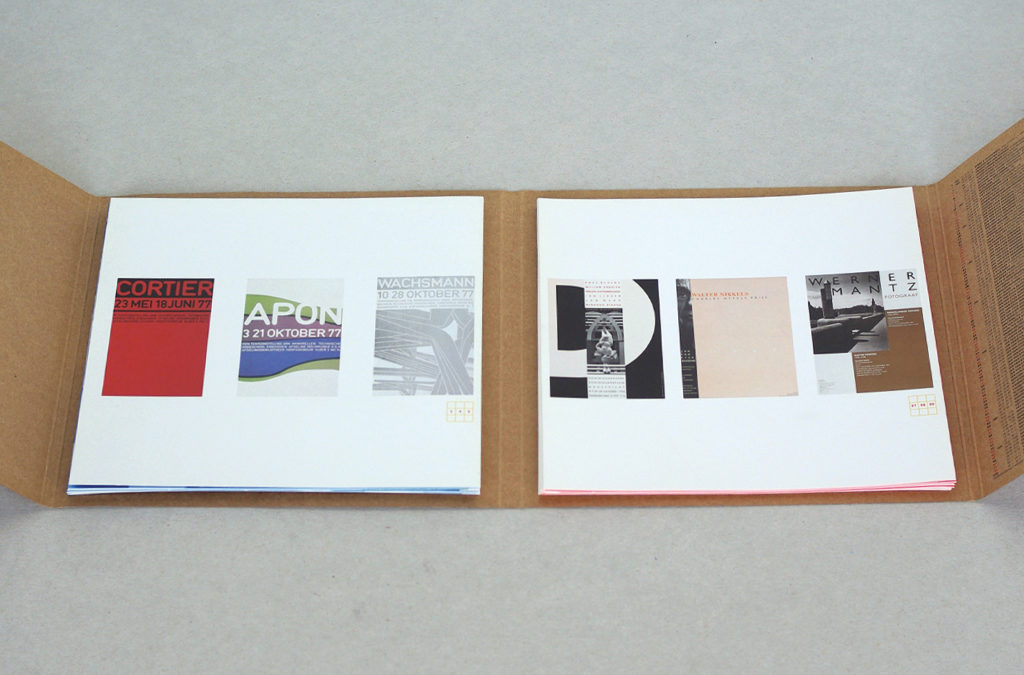
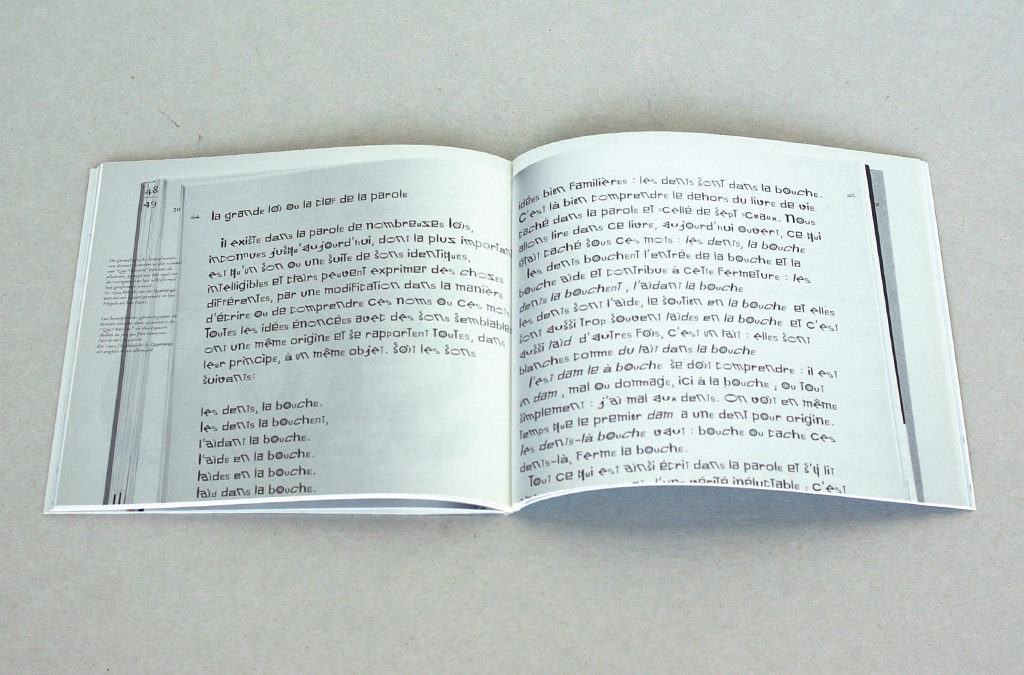
It was not just its high quality performance that made Rosbeek unique; its off-center location and its singular company culture also set the printer apart. When clients and designers from the West complained about the distance they had to travel, Cor Rosbeek invited them to Limburg for an ‘exotic’ visit and exuberantly fêted them. Jan Bons stayed for weeks on and end if his calendar designs for Van Ommeren demanded close attention. Twenty-five years their elder, he almost became Cor and Jean’s second father. “It wasn’t all about print quality. Jan loved to live a life of quality, he was a true bon vivant. We hit it off immediately. He followed the whole calendar production process from nearby and in the evenings we had great dinners together and Jan would tell about his adventures.”
The relative isolation of Rosbeek printers caused work traditions to be prolonged and new developments needing a longer introduction period. A great stability was the result, also because Cor Rosbeek remained the steadfast central figure while elsewhere in the field printer houses reorganized and merged. Instead of nervous change, Rosbeek offered security and consistency. Steadily building up their expertise and quality control, the company established itself as the whole Dutch graphic industry’s norm.
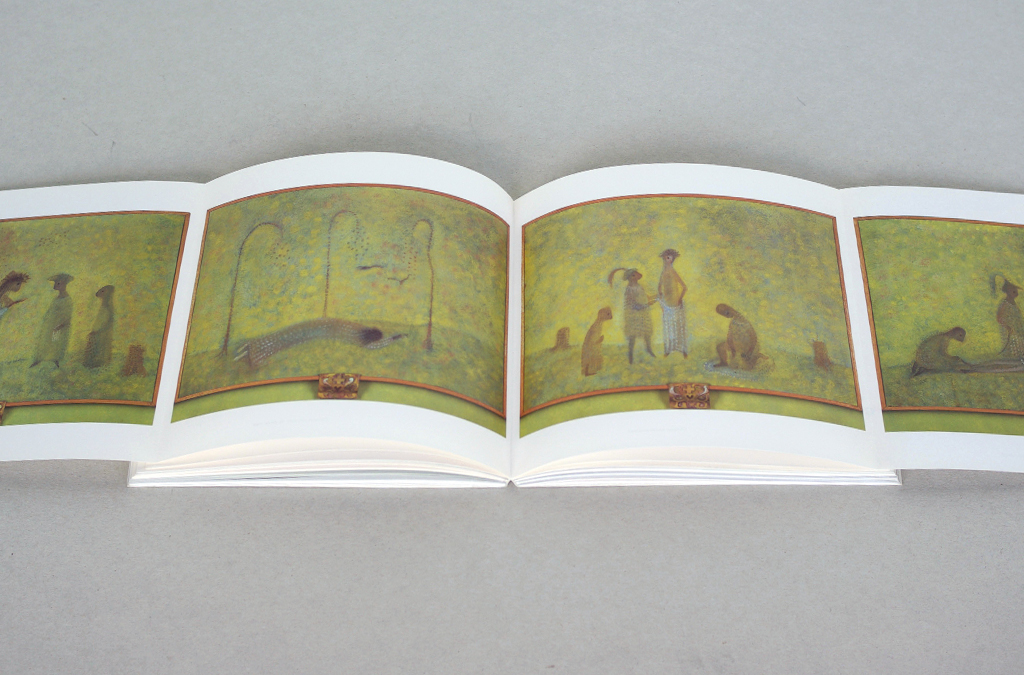
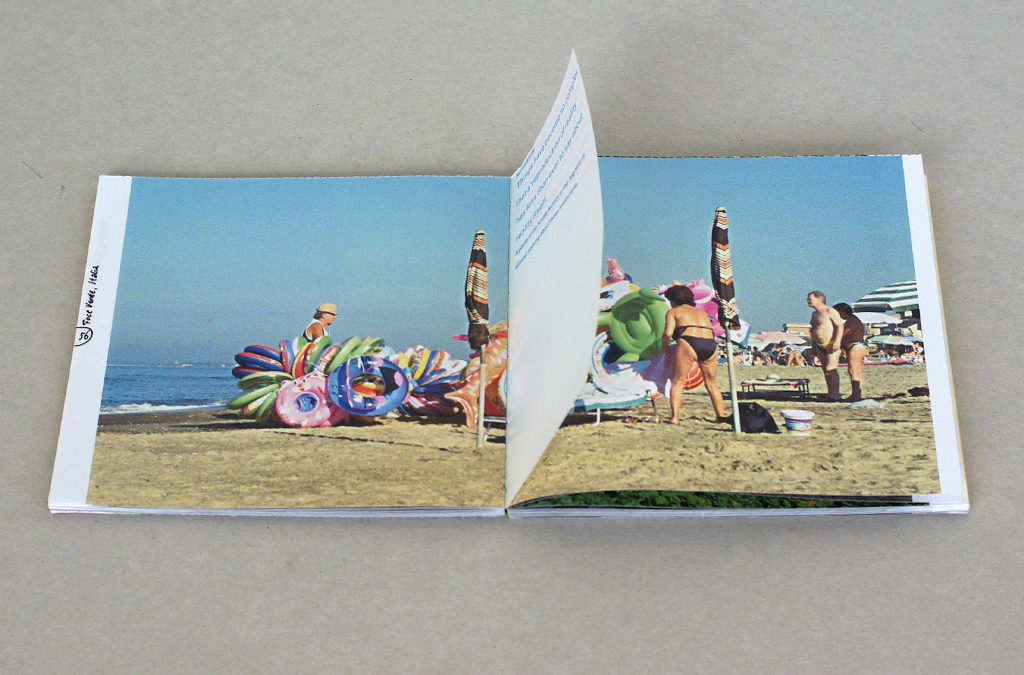
One family
Jean was responsible for organization, technique, and production management while Cor dealt with the commercial side of the business. Together, the brothers Rosbeek were the creators and nourishers of a unique company culture. They granted each other the space they needed and if they clashed it never lasted very long. Their drive for quality never wavered. They knew they needed a quality-conscious team and worked hard to keep their staff members attached to them. Designer Reynoud Homan: “In this unique company climate, staff became family members who internalized quality.” Cor Rosbeek said: “I can motivate people, I can sell, and I understand enough of economics. I am driven and curious. I am a good entrepreneur, I believe, though not in the sense of chairing meetings and basing my decisions on helicopter views. I am sensitive, yes, and respond directly to whatever may be the issue.”
He never let himself be influenced by any competitor. He went his own way and he went a long way, literally, eating up enormous numbers of kilometers in his handsome automobiles to visit his clients and to show up at many a designer’s doorstep just to establish a connection or cherish a friendship. “I ‘sold’ our print by understanding the project’s contents and scope. I never talked technique. If a book about an artist had to be produced, I studied the artist’s oeuvre. I listened to the explanations the designers gave me, and I understood their motivations. This approach gained me the confidence of clients, of designers and within our own staff because I was able to convey what I had absorbed. Together, we all worked hard to do right to the contents.”
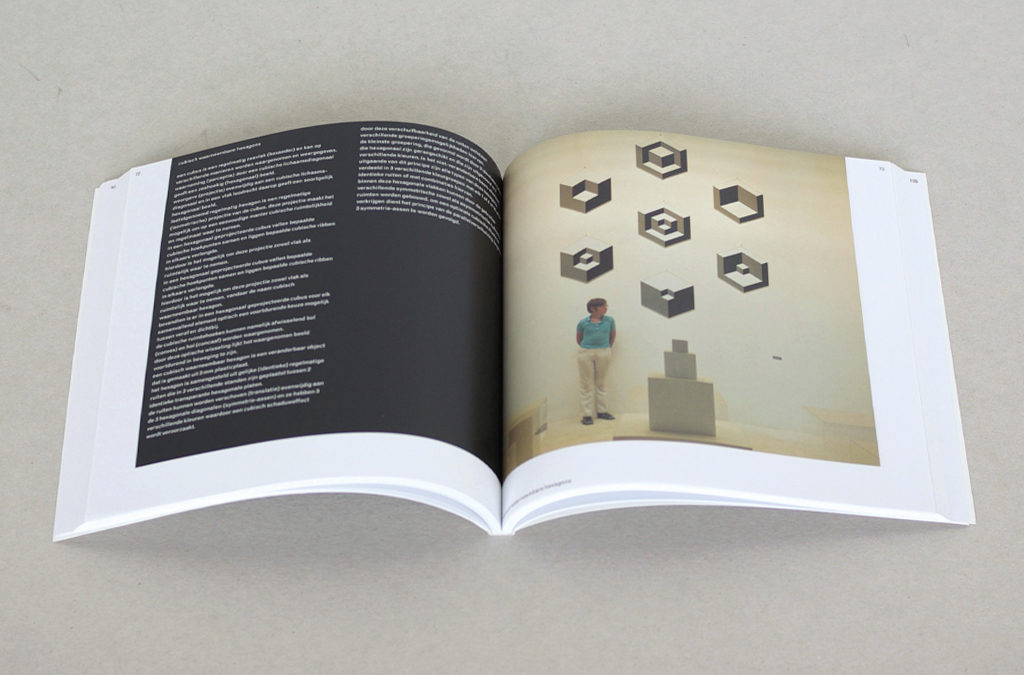
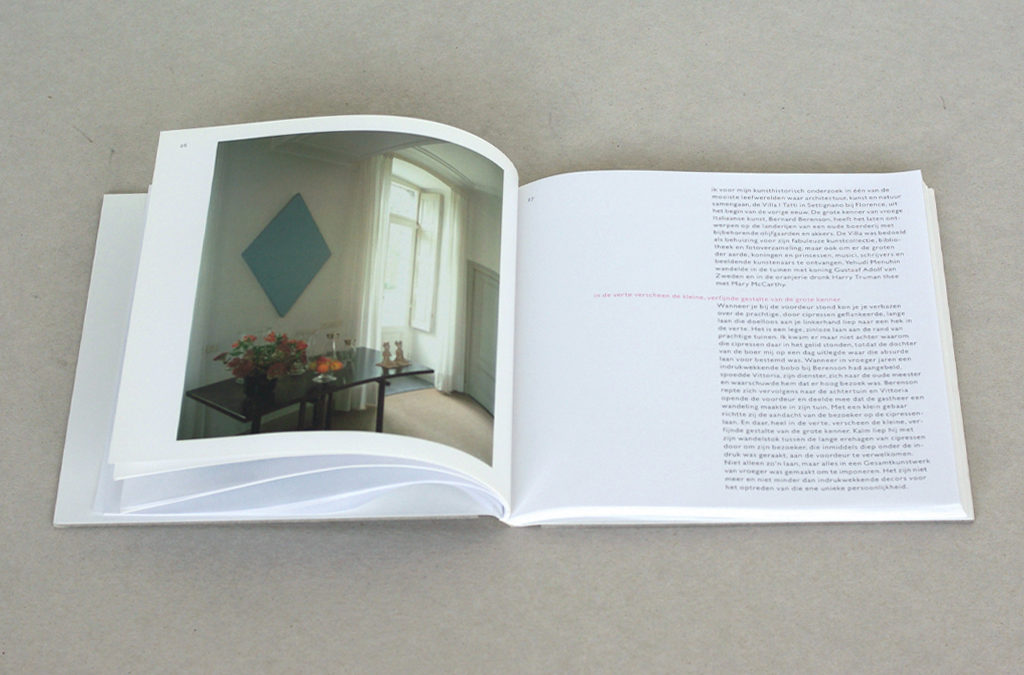
The Rosbeek staff members were of the same mentality. “Michel Kölker (who died too soon) was clever, precise, and eager to learn. He understood what moved a designer, was decisive, a perfect process organizer, flexible, easy to deal with – an authority.” Michel and his brother Herman formed with Jean and Cor Rosbeek the unshakable cornerstones of the company. Their four families were close friends in private life.
Drive
Driven to create beauty, pushed to excel, full of ambition, and no little obstinate – features Cor Rosbeek shared with most designers. Producing print with a soul by discovering what designers were thinking and aiming for. “Including the realization of reproductions on a paper type that we knew to be not really fit for printing on. By always trying to meet with a designer’s wishes our company moved to a high-ranking position in the business. Together with the designers we worked to create the highest quality of print and to share ‘ownership’ of the creation. In collaborations like that, you don’t worry about headstrong partners.”
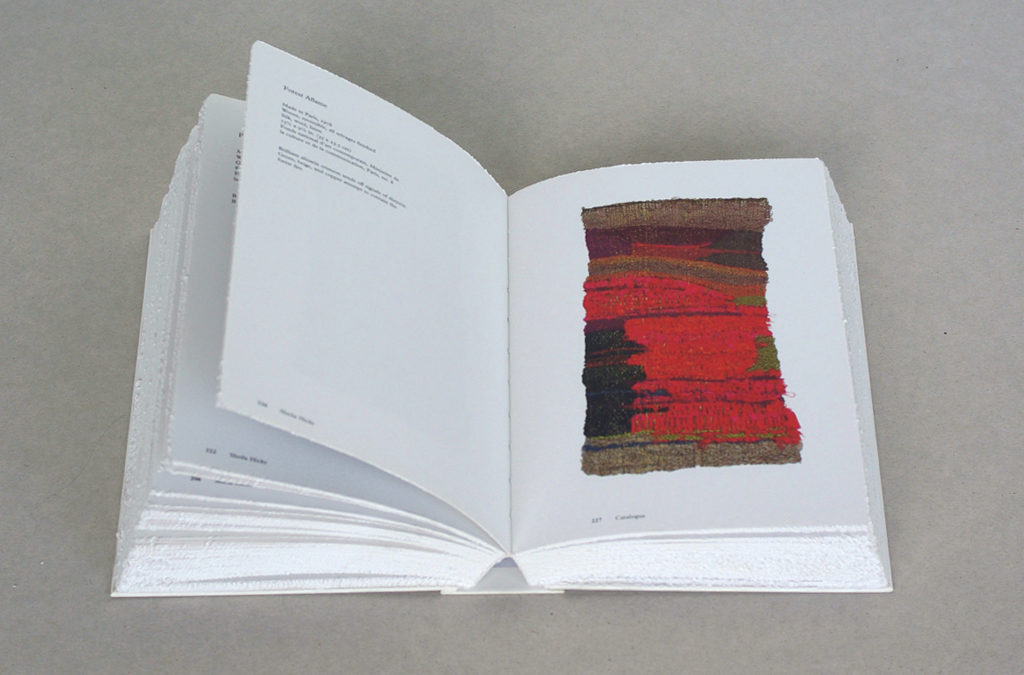
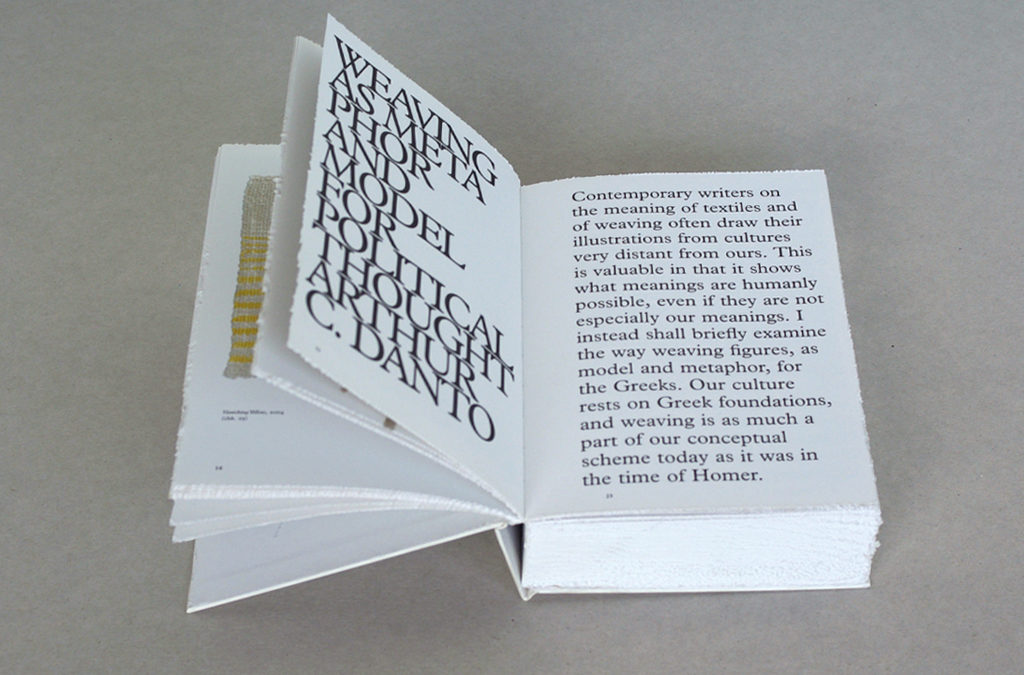
Nothing is impossible. I experienced first-hand that Rosbeek spared no trouble during the production of the Wim Crouwel monograph Mode en module. Uncountable numbers of images had to be scanned but no one at Rosbeek demonstrated any sign of stress, of working under pressure; no one’s concentration wavered. Another unique project was the book designed for SHV by Irma Boom. It took her more than five years to design and counted over 2,000 pages. Or take Boom’s design of the book about textile artist Sheila Hicks. Or Het Nederlandse Bankbiljet 1814–2002 about Dutch paper money for De Nederlandse Bank. Or the books of photography by Aart Klein and Leonard Freed. Or the series of monographs about well-known Dutch architects by 010 Publishers in Rotterdam. And let’s not forget the meticulous facsimile of the Anne Frank diaries, which were written in old school cahiers in different inks or with pencil and with all sort of images and prints of photos glued to the pages; scanning the original pages was a formidable job, as was the reconstruction of the tactile aspects of all kinds of details: the specific paper type, the wear and tear of the original, the way of folding, and the different rips. The list of important print productions that came from Rosbeek’s presses is endless.
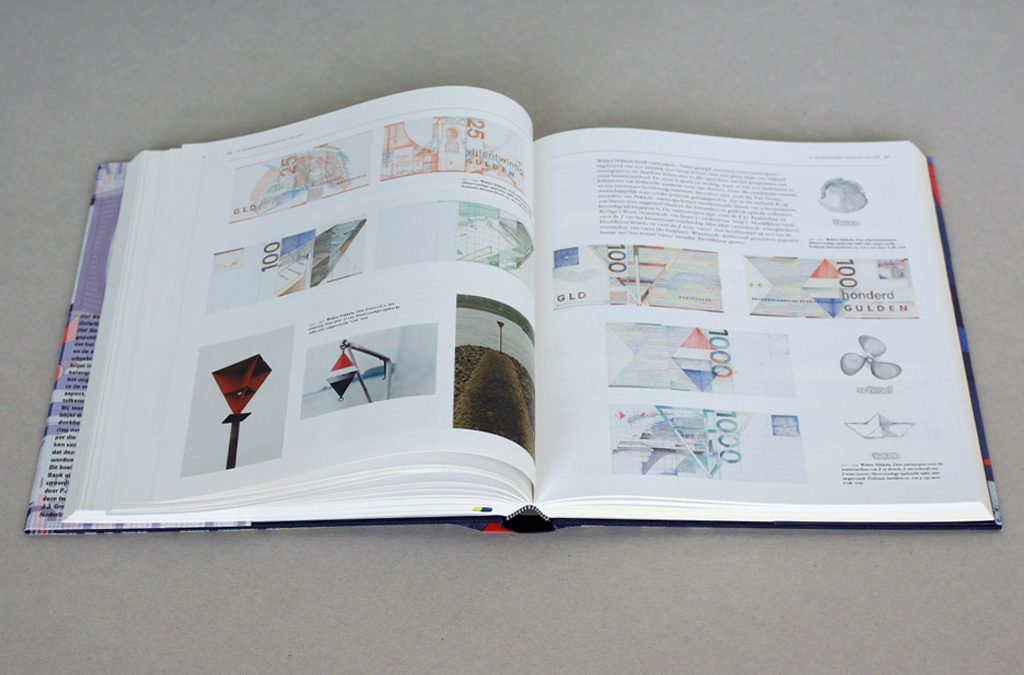
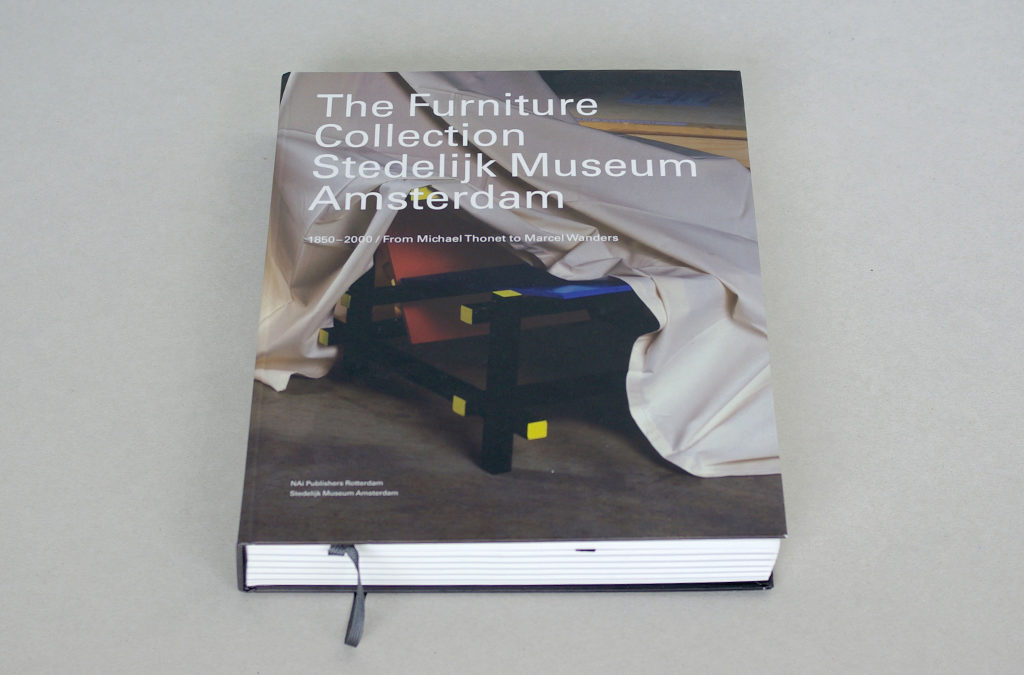
While as a member of the jury for the Best Dutch Book Designs, Cor Rosbeek often fulminated against too much trimmings and pleaded for clarity and simplicity. “Nevertheless I never felt: those designers are going too far. Every experiment makes me think: impossible doesn’t exist. Besides that I’m eager to experience everything printing can offer.” He never stopped admiring Jan Bons, Wim Crouwel, Baer Cornet, Jan van Toorn, Karel Martens, Reynoud Homan and Irma Boom, to mention a few of his favorite designers. “They are all interesting people, however different their personalities may be. The ways in which this is expressed in print are endless. Bons was strict on color and detail yet unrestrained in the use of graphic possibilities. He strived for homogeneity in a project and was less interested in individual images. He taught me that a certain freedom or looseness with the interpretation of dogmas could result in beauty just as well. Crouwel was also able to accept a certain amount of divergence, while others were more strict. Book designers especially were ultimate perfectionists at creating delicate print.”
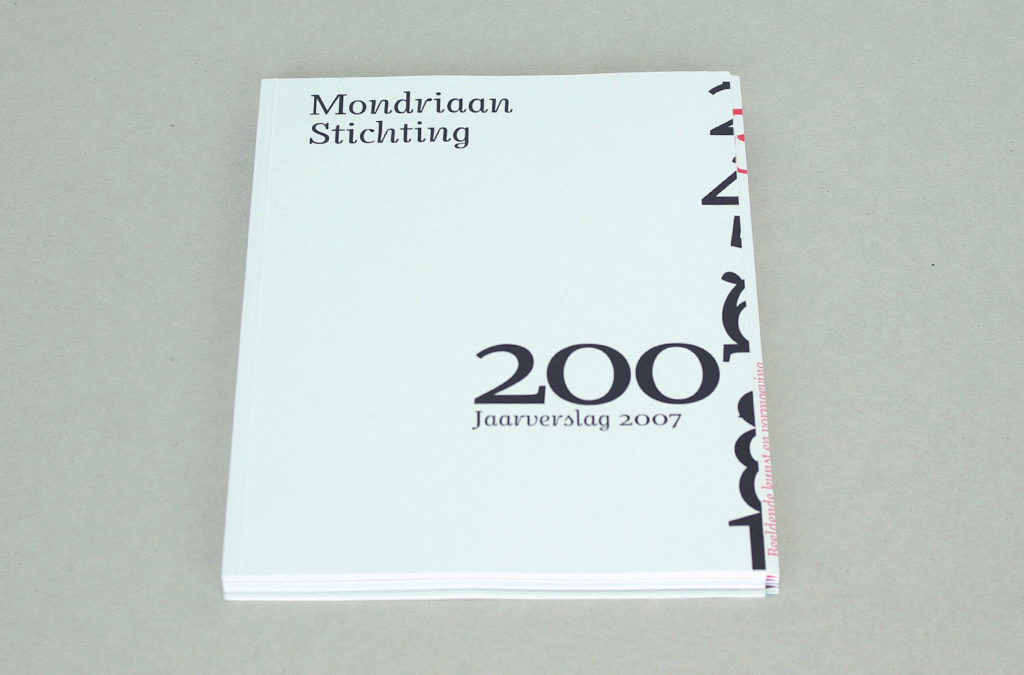
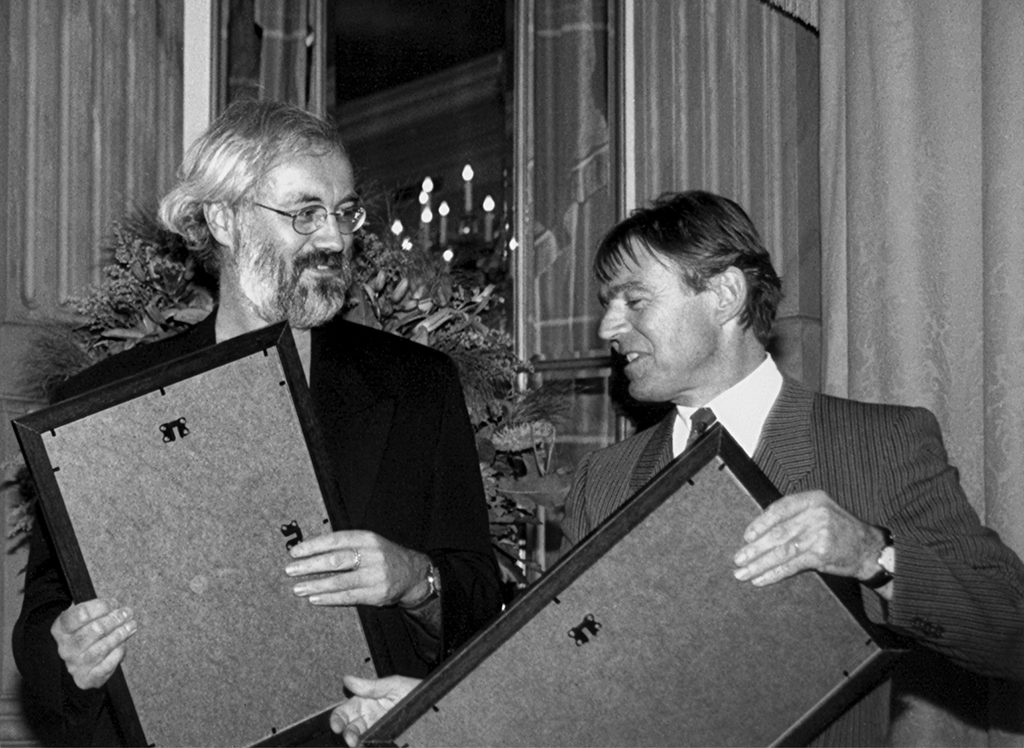
Hans Bockting, who for twenty-five years had his annual report designs for Van Lanschot Bankiers and lots of books for other clients printed by Rosbeek, confirmed the devoted approach of Rosbeek’s team. “They understand what I want, they think with me, they come with valuable suggestions. I have one person to talk to, Sander Janssens, who is involved with the whole process, is always available for consultation, keeps abreast of all details. Rosbeek’s prepress department is excellent; they deliver perfection.” Print specialist Henk Gianotten has repeatedly confirmed the high standard of collaboration and communication in Nuth, with no divergence between prepress and press.
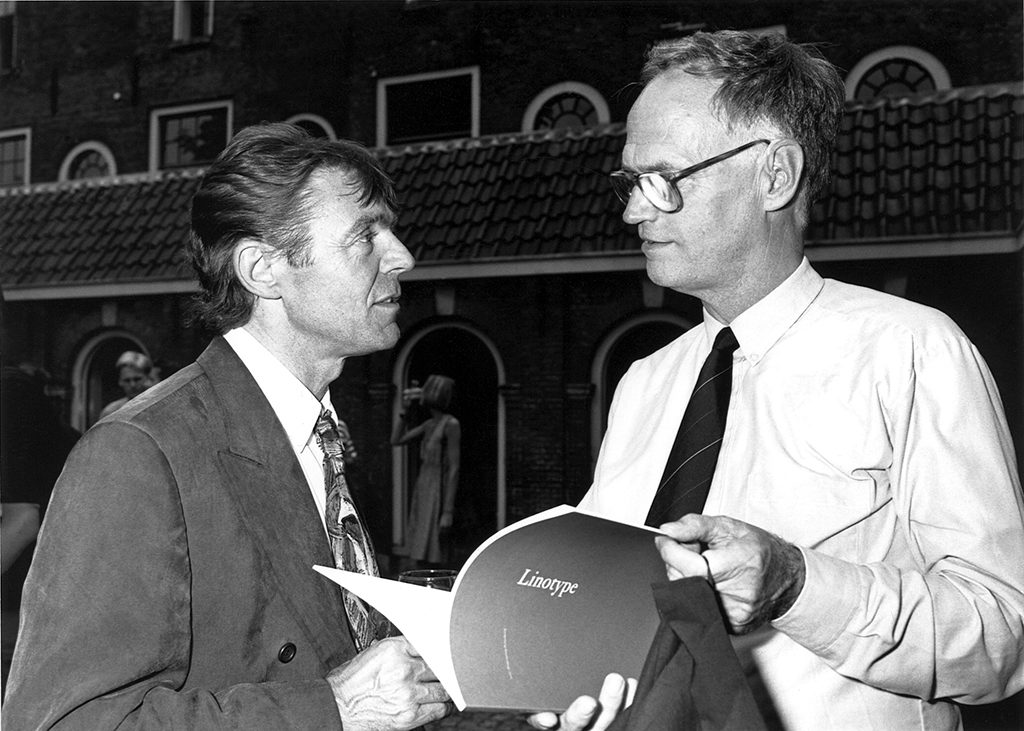
Serving culture
Rosbeek decided to start a series of goodwill publications in 1969, which grew to some sixty issues over the years. “I wanted to make something special myself.” Baer Cornet, and later William Graatsma, proposed print-related subjects, from type catalogues to paper quality, from neon signs to discarded Coke cans as well as monographs about regional artists. Some publications were lined up with Limburg province’s cultural awards: the Charle Nypels Prize for typography or the Frans Erens Prize for literature, the Werner Mantz Award for photography and the Paper Award. Most of these publications were designed by Baer Cornet, though later also Harry Sierman, Walter Nikkels, Toon Michiels, and the designers behind Emigré contributed. Rosbeek’s goodwill publications were more than showcases. They offered authors, artists and designers an outlet for their experiments and a platform to present extravagant ideas and wild or deep thoughts. Lesser known Limburg artists such as Aad de Haas (paintings for St. Cunibertus Church) and Kim Zwarts (photography) were put in the spotlight, as was the more famous architect William Graatsma. Cor Rosbeek the printer had become a mediator, an instigator, a creator.
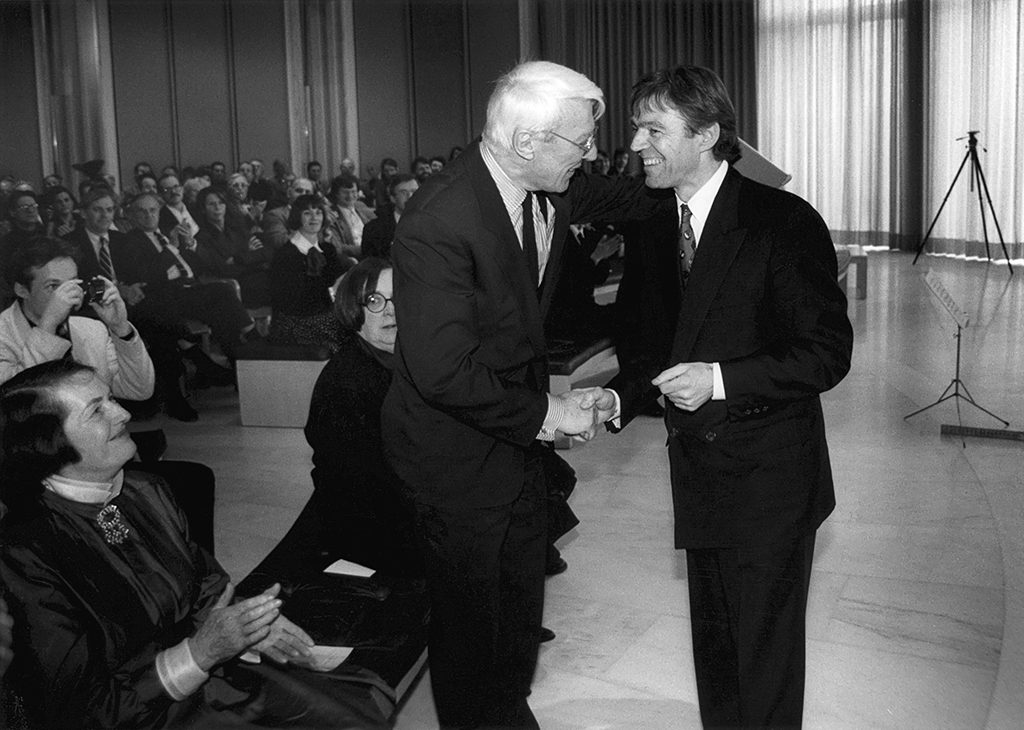
A printer who emphatically identifies with culture plays an important role in society because he acts with great respect for that culture and serves it. What Rosbeek delivered was more than a print product; they supported the design culture with great care and attention. Rosbeek was commissioned by designers, not by their clients. As Cor Rosbeek says: “We always backed up the designer and defended his or her vision.” Most clients remained out of sight. Graphic designers, one could say, were put on a throne in the Netherlands; they acquired authority and a distinct autonomy. And they in their turn leaned on the expertise of quality printers such as Rosbeek. Yet Cor Rosbeek has to admit this uniquely Dutch situation is now changing and relations between client, designer and printer are under attack. Clients are becoming more cost conscious and not adverse to move to printers in other countries. Designers too become more competitive. Even Rosbeek has to look across borders to find new clients, especially in England and Ireland. “In Ireland I found a culture similar to ours,” said Cor Rosbeek. “We talked to the curator who managed a project, not to the museum’s director. We discussed contents; we built up trust.”
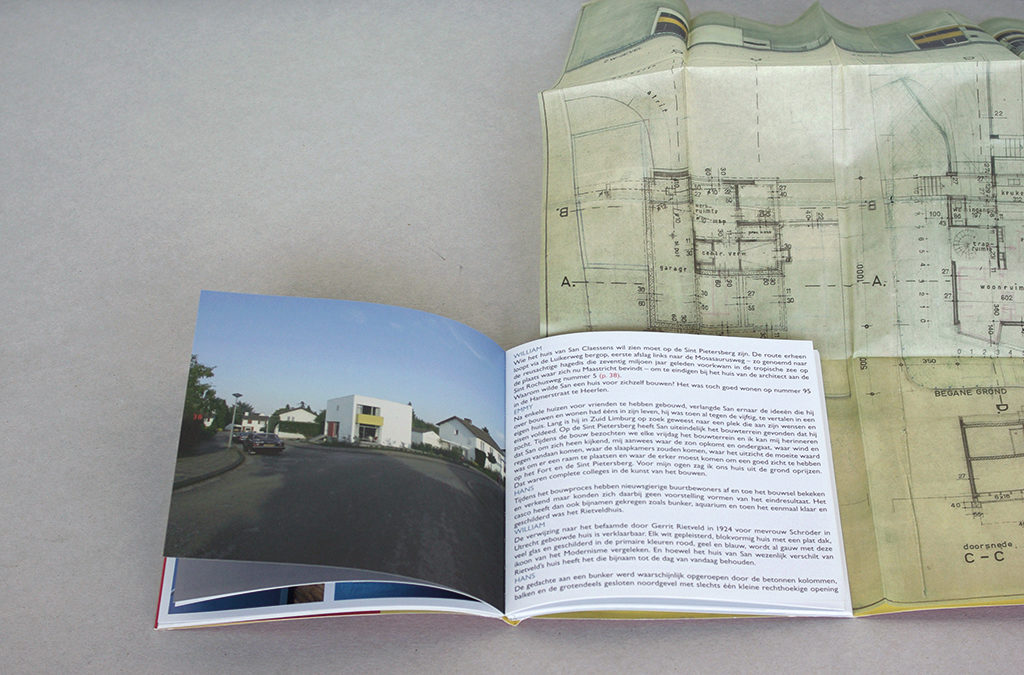
All about trust
Trust is key in the relationship between designers and printers. The printer has to be an advisor and an authority, he has to forge personal relationships and – not to forget – have a great love for books. No wonder Cor Rosbeek loved his job and, conversely, designers loved working with him. So what is the secret? “Chemistry”, says Rosbeek himself. Chemistry as in food preparation, his second love. Even with designers he preferred talking about the arts of the cuisine – the client’s annual report could wait. This interest isn’t necessarily related to the Burgundian culture of Limburg. It’s about sensoriality and the pleasure of creating something. Cor Rosbeek, always ambitious, joined cooking classes to hone his skills. Creating sauces became his specialty.
“Because Cor knows about cooking,” says Reynoud Homan, “as a designer you can leave the printing to Rosbeek. There is a process that can make a sauce sing. Printing at Rosbeek has that same mysterious quality, which is what makes Rosbeek stand out from the rest.” However, the mystery is not only in the technology and its use but also in the very personal way in which Cor Rosbeek made himself, his team and his equipment available to the creators of the book as a cultural phenomenon.
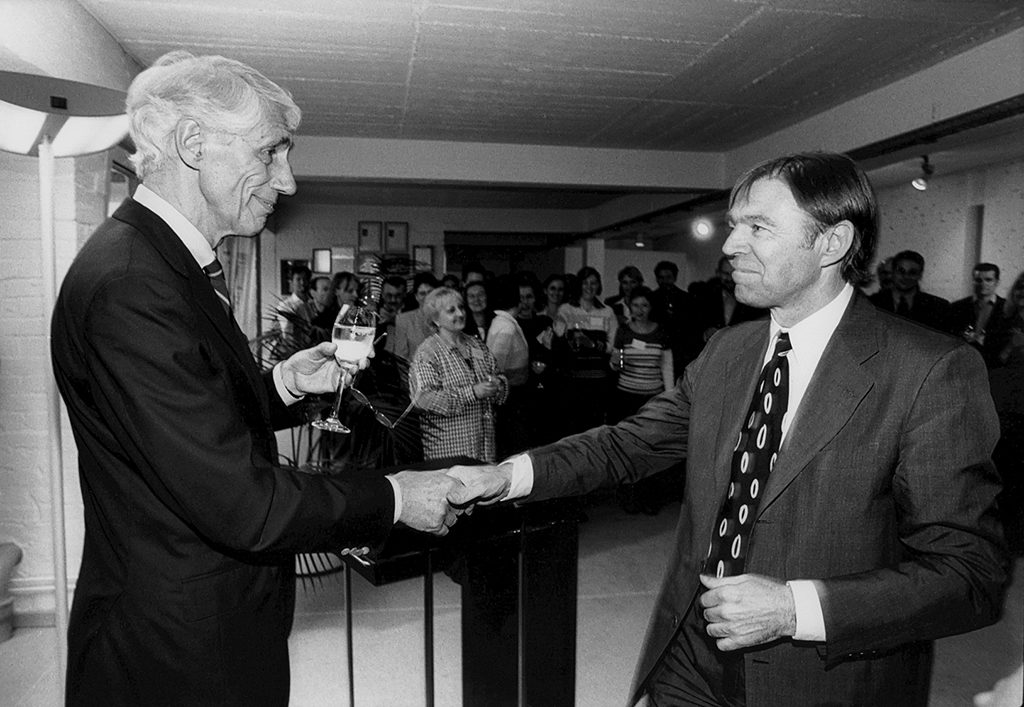
Cor Rosbeek
born on 6 December 1944, Schinnen
died on 10 June 2019, Amsterdam
Author of the original text: Frederike Huygen, June 2008
English translation and editing: Ton Haak
Final editing: Sybrand Zijlstra
Portrait photo: Aatjan Renders
